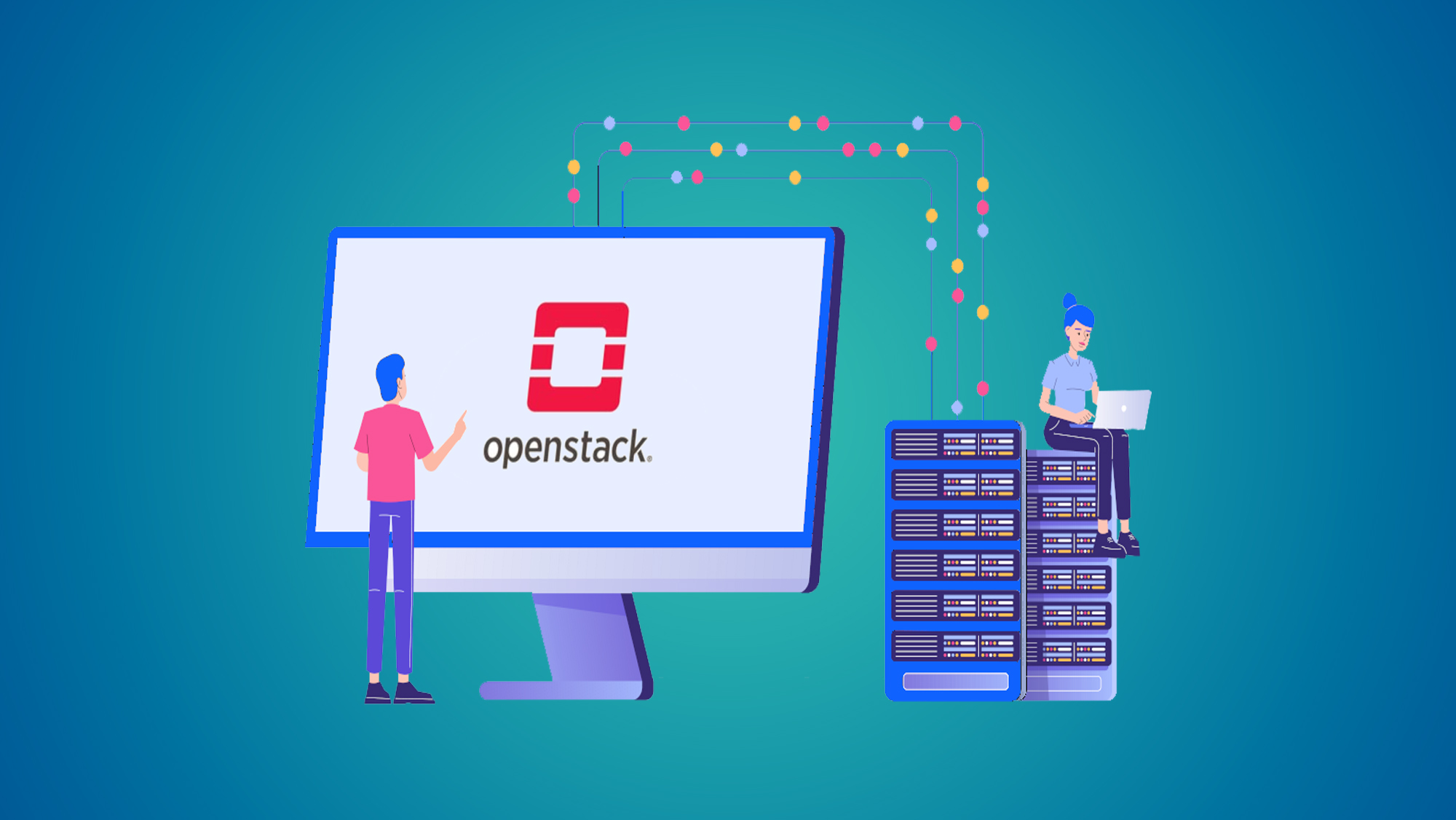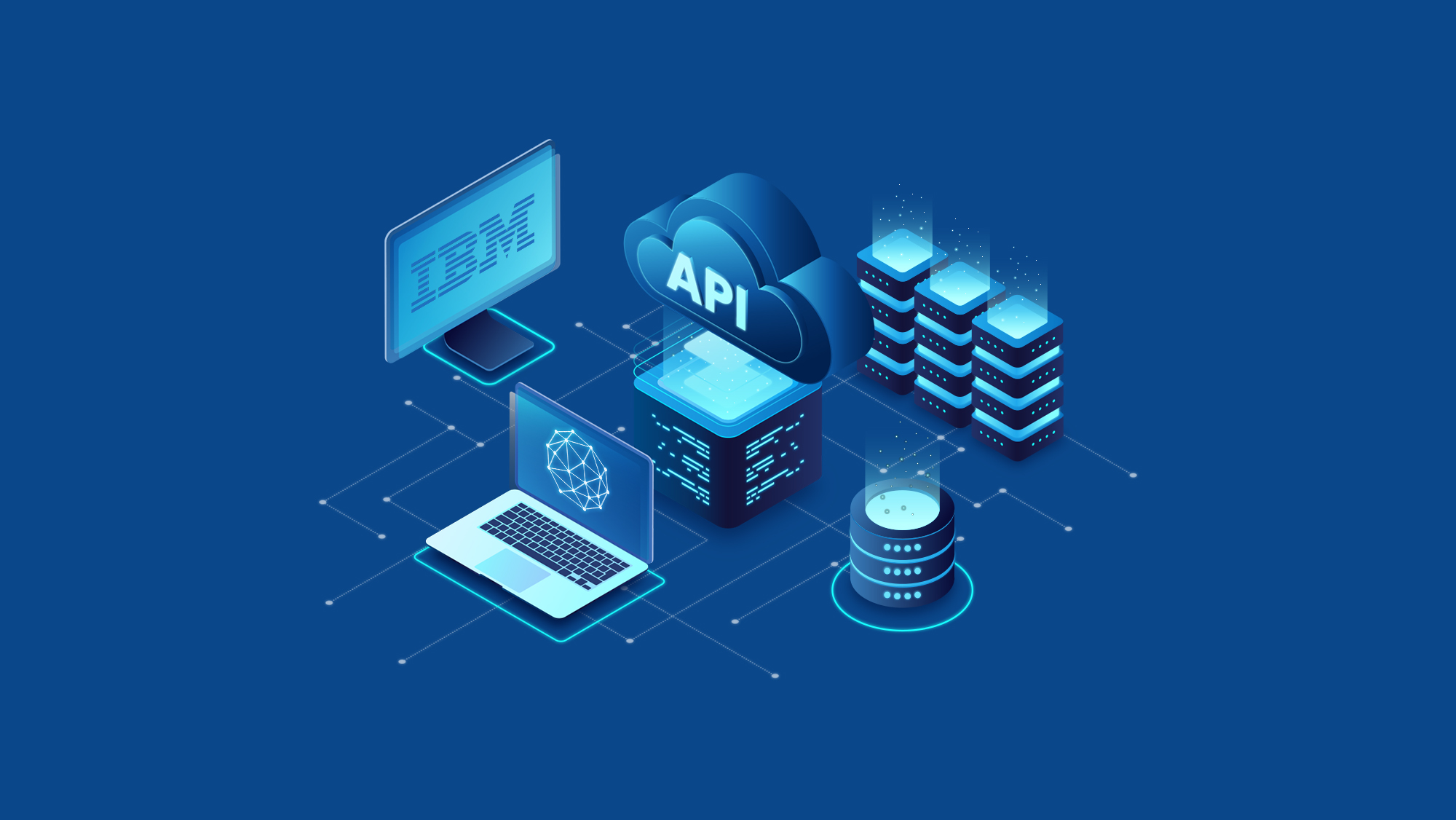Everything You Need To Know About Microservices Training
Introduction:
Microservices architecture has gained immense popularity in the world of software development due to its scalability, flexibility, and agility. To successfully implement and leverage the benefits of microservices, it is crucial to have a comprehensive understanding of this architectural style. In this blog, we will explore everything you need to know about microservices training and how it can empower you to design, develop, and deploy microservices-based applications with confidence.
What is Microservices Training?
Why pursue Microservices Training?
How does Microservices Training
Prerequisites for Microservices Training
Career Opportunities After Microservices Training
What is Microservices Training?
Microservices Training is an educational program that teaches individuals the principles, techniques, and tools involved in designing, developing, and deploying microservices architecture. It covers topics like service decomposition, communication protocols, containerization, orchestration, and API management, enabling participants to build scalable, resilient, and loosely-coupled microservices-based applications.
Why pursue Microservices Training?
1. Scalability: Microservices Training equips you with the skills to design and develop scalable applications. Microservices architecture allows you to independently scale and deploy individual services, ensuring optimal resource utilization and efficient handling of varying workloads.
2. Flexibility and Agility: With Microservices Training, you gain the ability to quickly adapt and make changes to specific services without impacting the entire system. This flexibility enables faster development cycles, easier maintenance, and the ability to respond swiftly to changing business requirements.
3. Fault Isolation and Resilience: Microservices Training teaches you how to design applications that can handle failures in individual services while maintaining overall system stability. By isolating services, you can prevent failures from propagating across the entire system, ensuring high availability and resilience.
4. Team Collaboration: Microservices Training emphasizes decentralized development and cross-functional teams. This fosters effective collaboration among developers, testers, and operations teams, promoting faster innovation, efficient problem-solving, and improved communication across the development lifecycle.
5. Technology Diversity: Microservices Training introduces you to a range of technologies, tools, and frameworks used in microservices development. This exposure allows you to leverage the best-fit technologies for different services, resulting in a more diverse and innovative tech stack.
6. Continuous Deployment and DevOps: Microservices Training emphasizes practices such as continuous integration, continuous deployment, and DevOps. This enables you to automate deployment processes, implement efficient testing strategies, and adopt DevOps principles to streamline development and operations workflows.
How does Microservices Training
Microservices Training typically follows a structured curriculum designed to provide participants with a comprehensive understanding of microservices architecture and its implementation. Here is an overview of how Microservices Training works:
- Learning Objectives: The training program starts by outlining the learning objectives, which may include understanding the principles of microservices architecture, gaining proficiency in relevant tools and technologies, and learning best practices for designing and developing microservices-based applications.
- Instructional Materials: Participants are provided with instructional materials, which can include presentations, slides, handouts, and reference materials. These resources serve as a guide throughout the training and help reinforce key concepts.
- Lectures and Presentations: Trainers deliver lectures and presentations to explain the fundamental concepts, principles, and techniques associated with microservices architecture. They cover topics such as service decomposition, communication protocols, containerization, orchestration, and API management.
- Hands-on Exercises: Microservices Training often includes hands-on exercises to give participants practical experience. These exercises may involve building small microservices-based applications, implementing communication between services, containerizing services using tools like Docker, and deploying services to cloud platforms.
- Case Studies and Real-world Examples: Trainers may present case studies and real-world examples to illustrate the application of microservices architecture in different industries and scenarios. This helps participants understand how microservices can address real-world challenges and improve software development practices.
- Interactive Discussions: Microservices Training encourages interactive discussions between trainers and participants. Q&A sessions, group activities, and brainstorming sessions allow participants to clarify doubts, share experiences, and learn from each other
- Certification: Some Microservices Training programs offer certifications upon successful completion. These certifications validate participants' proficiency in microservices architecture and can enhance their professional credentials.
- Post-Training Support: After the training, participants may have access to post-training support, such as additional resources, forums, or consultations with trainers, to address any further questions or challenges they encounter during the application of microservices concepts in their work.
Prerequisites for Microservices Training
While the specific prerequisites for Microservices Training may vary depending on the program or training provider, here are some common prerequisites that can be helpful for participants:
1. Programming Knowledge: Familiarity with programming concepts and experience in at least one programming language (such as Java, Python, or C#) is beneficial. Understanding basic software development principles and practices will aid in grasping the concepts covered in Microservices Training.
2. Web Development Experience: Having a solid understanding of web development technologies, such as HTML, CSS, and JavaScript, can be advantageous. Microservices often involve building web-based applications, and prior knowledge of web development will aid in understanding the interactions between services and frontend components.
3. Understanding of Software Architecture: Basic knowledge of software architecture principles, such as client-server architecture or layered architecture, will provide a foundation for understanding microservices architecture. Familiarity with concepts like modules, components, and interfaces will help in comprehending the decoupling and modularity aspects of microservices.
4. Knowledge of RESTful APIs: Understanding RESTful APIs (Representational State Transfer) and how they work can be beneficial, as microservices often communicate with each other through RESTful interfaces. Familiarity with concepts such as HTTP methods, request/response structure, and resource representation will aid in comprehending microservices communication.
5. Familiarity with Containerization: Knowledge of containerization technologies like Docker can be helpful. Understanding how containers work and the benefits they provide in terms of isolation, portability, and scalability will facilitate the comprehension of microservices deployment and management.
6. Basic Understanding of Cloud Computing: Familiarity with cloud computing concepts, particularly cloud platforms like AWS, Azure, or Google Cloud, will be advantageous. Microservices are often deployed and managed in cloud environments, and having a basic understanding of cloud services and deployment models will aid in the practical aspects of Microservices Training.
Career Opportunities After Microservices Training
Microservices Training can open up a range of exciting career opportunities in the field of software development and technology. Here are some potential career paths and job roles that you can explore after completing Microservices Training:
- Microservices Developer: As a Microservices Developer, you will specialize in designing, developing, and maintaining microservices-based applications. You will work on implementing microservices architecture, building and integrating services, and ensuring scalability and performance.
- Cloud Architect: With Microservices Training, you can pursue a career as a Cloud Architect, focusing on designing and implementing cloud-native architectures that leverage microservices. You will be responsible for architecting scalable, resilient, and cost-effective solutions using cloud platforms like AWS, Azure, or Google Cloud.
- DevOps Engineer: Microservices Training can equip you with the skills needed to work as a DevOps Engineer. In this role, you will focus on automating software delivery pipelines, managing infrastructure, and ensuring the smooth deployment and operation of microservices-based applications.
- API Developer: Microservices heavily rely on APIs for communication between services. With Microservices Training, you can pursue a career as an API Developer, specializing in designing and building robust and scalable APIs that enable seamless integration between microservices.
- Software Architect: Microservices Training provides a solid foundation for a career as a Software Architect. You will be responsible for designing and overseeing the overall architecture of complex software systems, including the integration of microservices, ensuring modularity, scalability, and maintainability.
- Solution Architect: As a Solution Architect, you will leverage your Microservices Training to design end-to-end solutions that incorporate microservices. You will work closely with stakeholders, analyze requirements, and design architectural solutions that align with business goals and technical feasibility.
- Technical Consultant: Microservices Training can lead to a career as a Technical Consultant, where you provide expert guidance and advice to organizations adopting microservices architecture. You will help clients define their microservices strategy, assess existing systems, and provide recommendations for successful implementation.
Conclusion:
Microservices training equips you with the knowledge and skills needed to design, develop, and deploy scalable and resilient microservices-based applications. By mastering the concepts and techniques covered in this blog, you will be able to leverage the power of microservices architecture to build modern, flexible, and scalable software solutions. Whether you are a developer, architect, or IT professional, microservices training is an essential step toward staying ahead in the ever-evolving world of software development.
You May Also Like
These Related Stories

Everything You Need to Know About OpenStack Training

Everything You Need To Know About Node.js Training





No Comments Yet
Let us know what you think